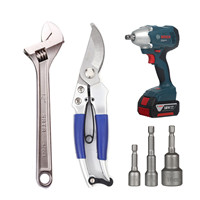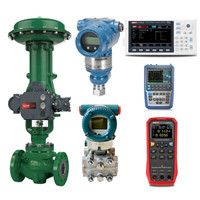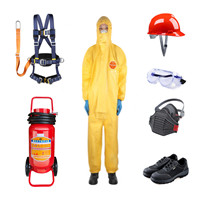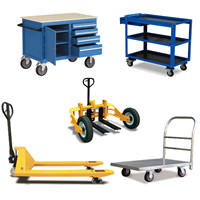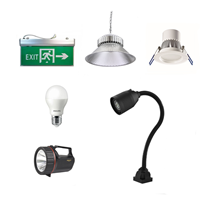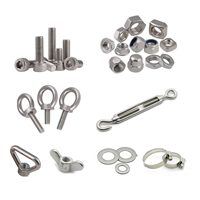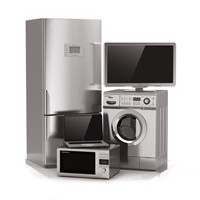Introduction and measurement application of vortex flowmeter
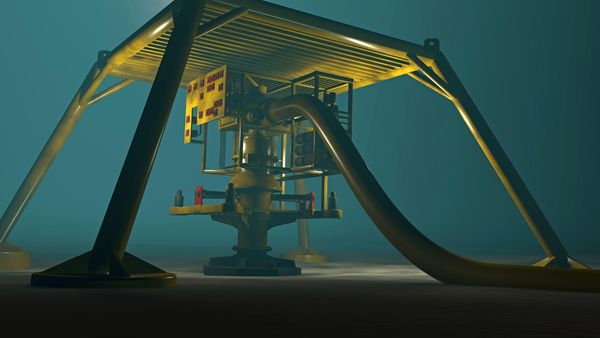
The standard orifice flowmeter was widely used in the measurement of saturated steam flow in the 1980s, but from the development of flow instruments, although the orifice flowmeter has a long history and a wide range of applications; People have studied him well and the experimental data are complete, but there are still some deficiencies in using standard orifice flowmeter to measure saturated steam flow: first, the pressure loss is large; Second, the impulse pipe, three groups of valves and connectors are easy to leak; Third, the measuring range is small, generally 3:1, which is easy to cause low measurement values for large flow fluctuations. The vortex flowmeter has a simple structure, and the vortex transmitter is directly installed on the pipeline, which overcomes the phenomenon of pipeline leakage. In addition, the vortex flowmeter has small pressure loss and wide range, and the measurement range ratio of saturated steam can reach 30:1. Therefore, with the maturity of vortex flowmeter measurement technology, the use of vortex flowmeter is more and more popular.
1. Measurement principle of vortex flowmeter
Vortex flowmeter uses the fluid oscillation principle to measure the flow. When the fluid passes through the vortex flow transmitter in the pipeline, two rows of vortices proportional to the flow rate are alternately generated up and down behind the vortex generator of the triangular column. The release frequency of the vortex is related to the average velocity of the fluid flowing through the vortex generator and the characteristic width of the vortex generator, which can be expressed as follows:
Where: F is the release frequency of vortex, Hz; V is the average velocity of the fluid flowing through the vortex generator, m/s; D is the characteristic width of vortex generator, m; ST is Strouhal number, dimensionless, and its value range is 0.14-0.27. ST is a function of Reynolds number, st=f (1/re).
When the Reynolds number Re is in the range of 102-105, the st value is about 0.2. Therefore, in the measurement, the Reynolds number of the fluid should be 102-105 and the vortex frequency f=0.2v/d.
Therefore, the average velocity V of the fluid flowing through the vortex generator can be calculated by measuring the vortex frequency, and then the flow Q can be obtained from the formula q=va, where a is the cross-sectional area of the fluid flowing through the vortex generator.
When the vortex is generated on both sides of the generator, the piezoelectric sensor is used to measure the alternating lift change perpendicular to the fluid flow direction, convert the lift change into an electrical frequency signal, amplify and shape the frequency signal, and output it to the secondary instrument for accumulation and display.
2. Application of vortex flowmeter
2.1 selection of vortex flowmeter
2.1.1 selection of vortex flow transmitter
In saturated steam measurement, our company adopts VA type piezoelectric vortex flow transmitter produced by Hefei Instrument General Factory. Due to the wide range of vortex flowmeter, in practical application, it is generally considered that the flow of saturated steam is not lower than the lower limit of vortex flowmeter, that is to say, the fluid flow rate must not be lower than 5m / s. Vortex flow transmitters with different diameters are selected according to the steam consumption, rather than the existing process pipe diameters.
2.1.2 selection of pressure transmitter for pressure compensation
Due to the long saturated steam pipeline and large pressure fluctuation, pressure compensation must be adopted. Considering the corresponding relationship between pressure, temperature and density, only pressure compensation can be adopted in the measurement. Since the saturated steam pressure of our company's pipeline is in the range of 0.3-0.7mpa, the range of the pressure transmitter can be selected as 1MPa.

